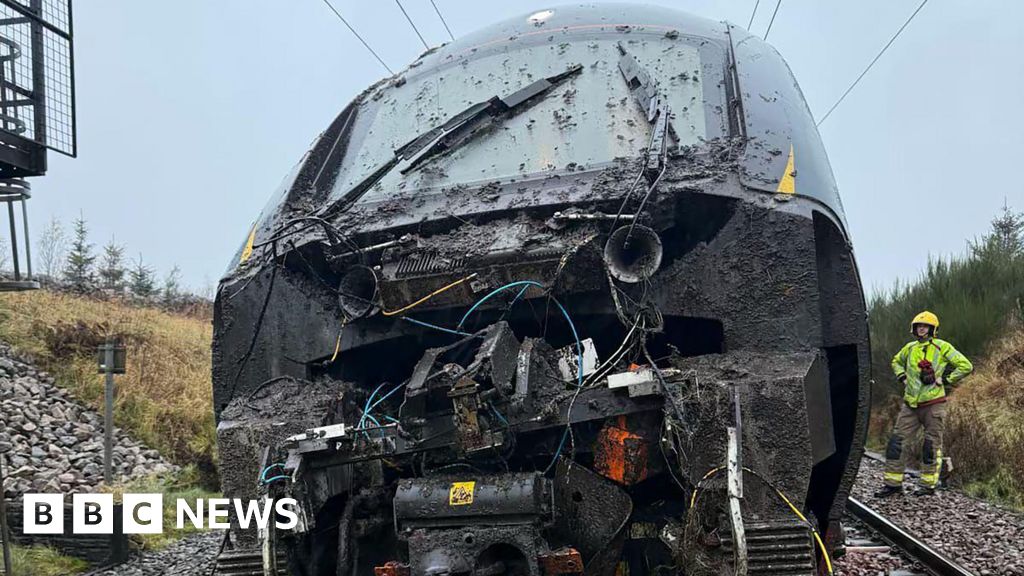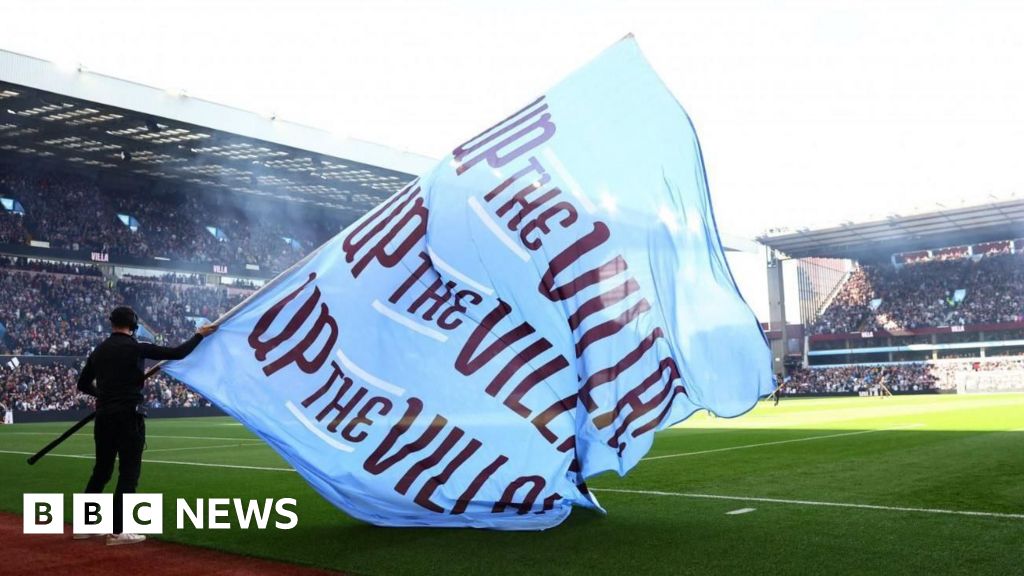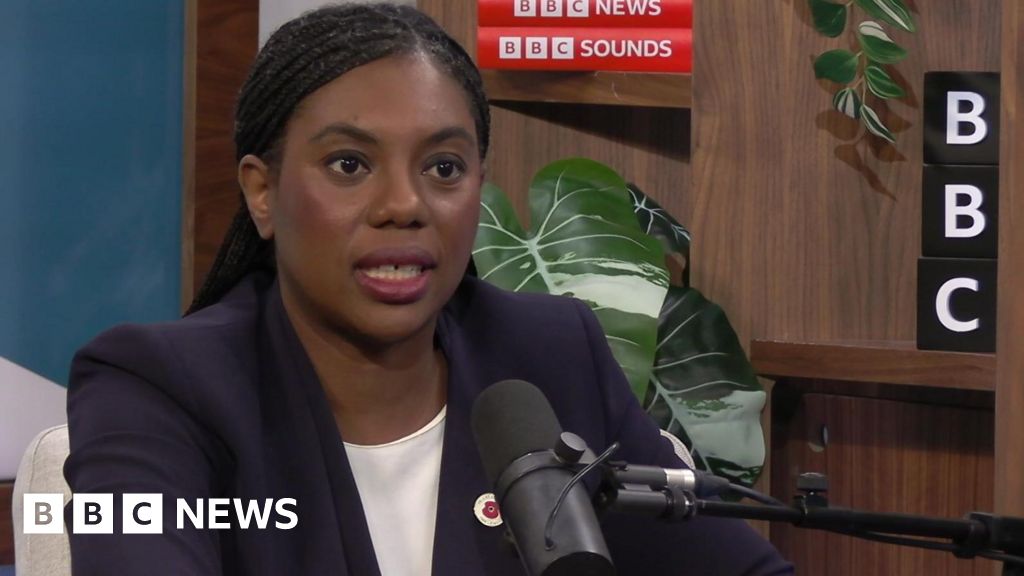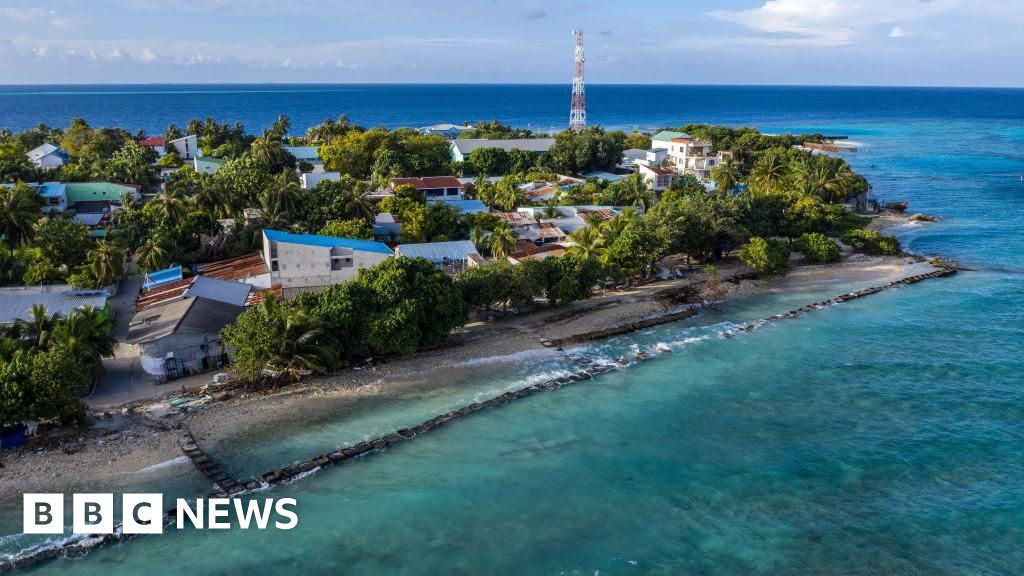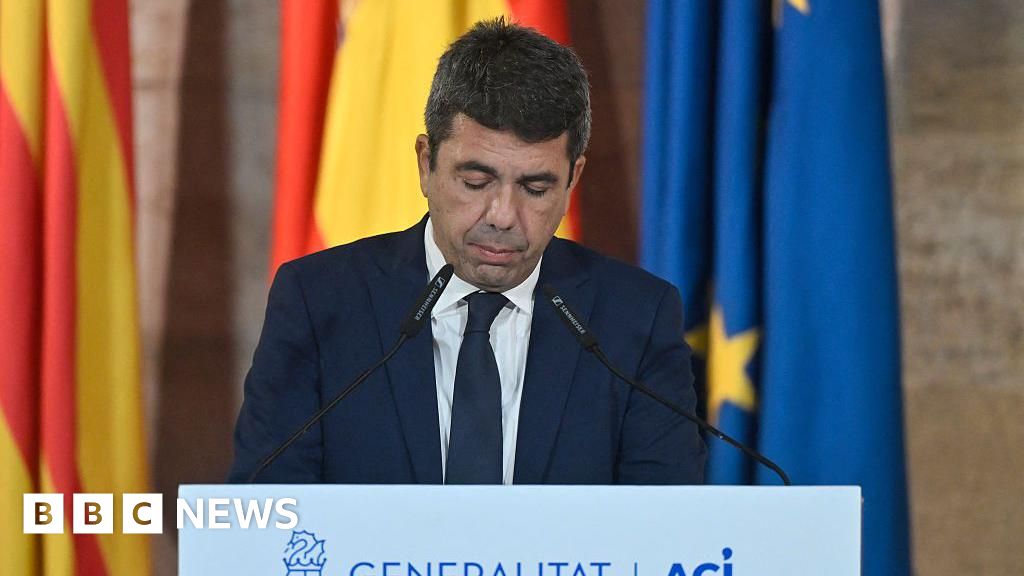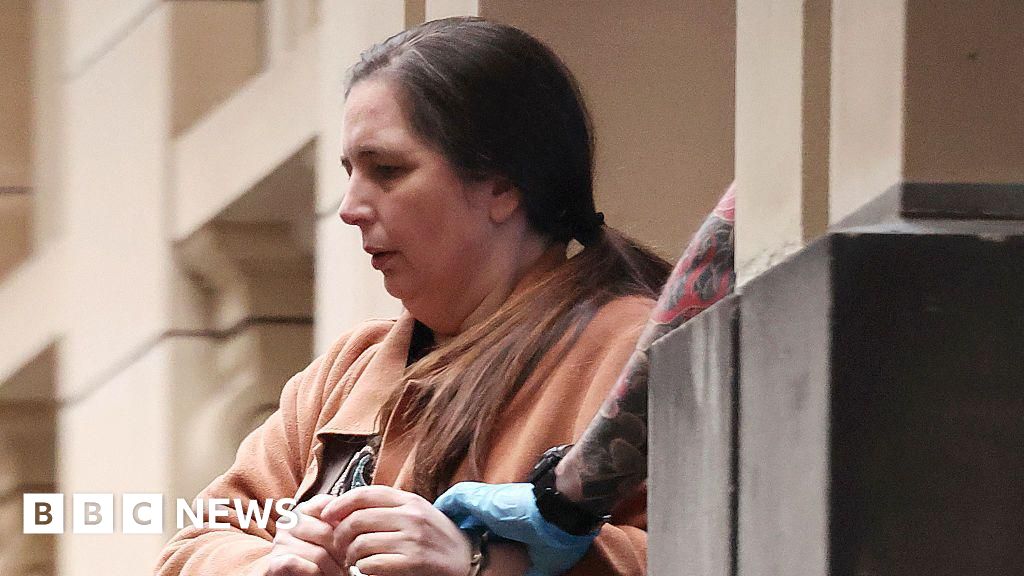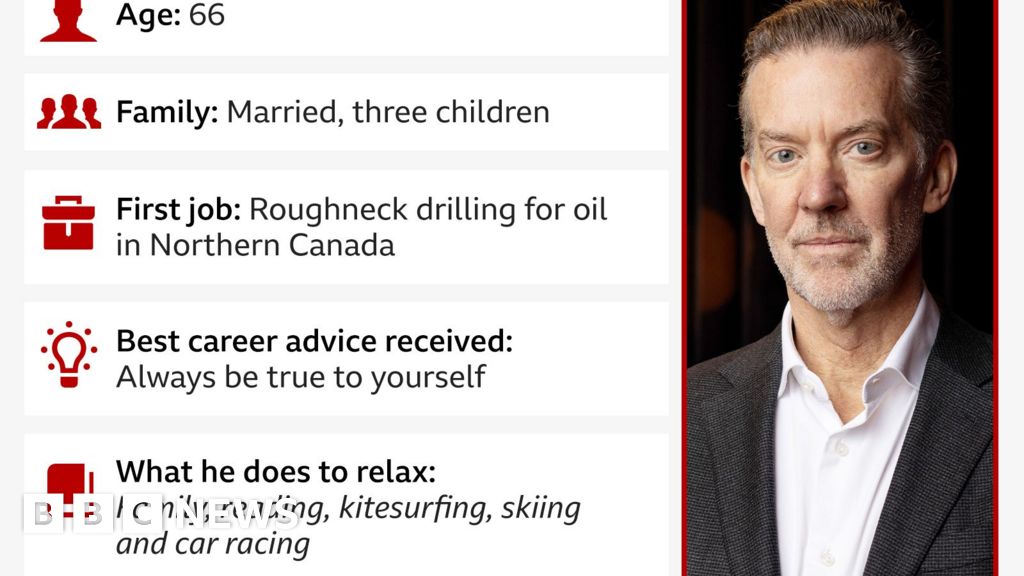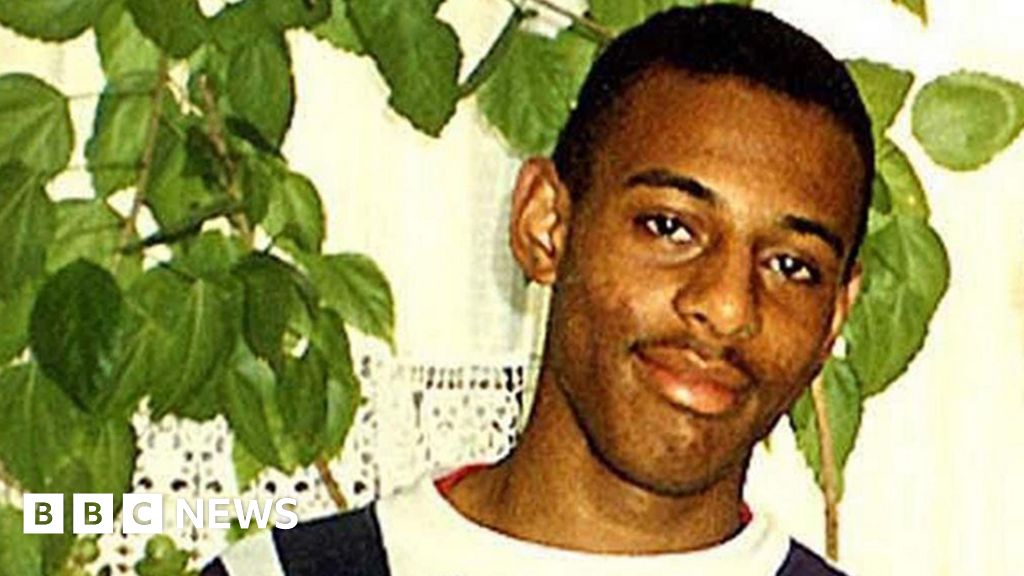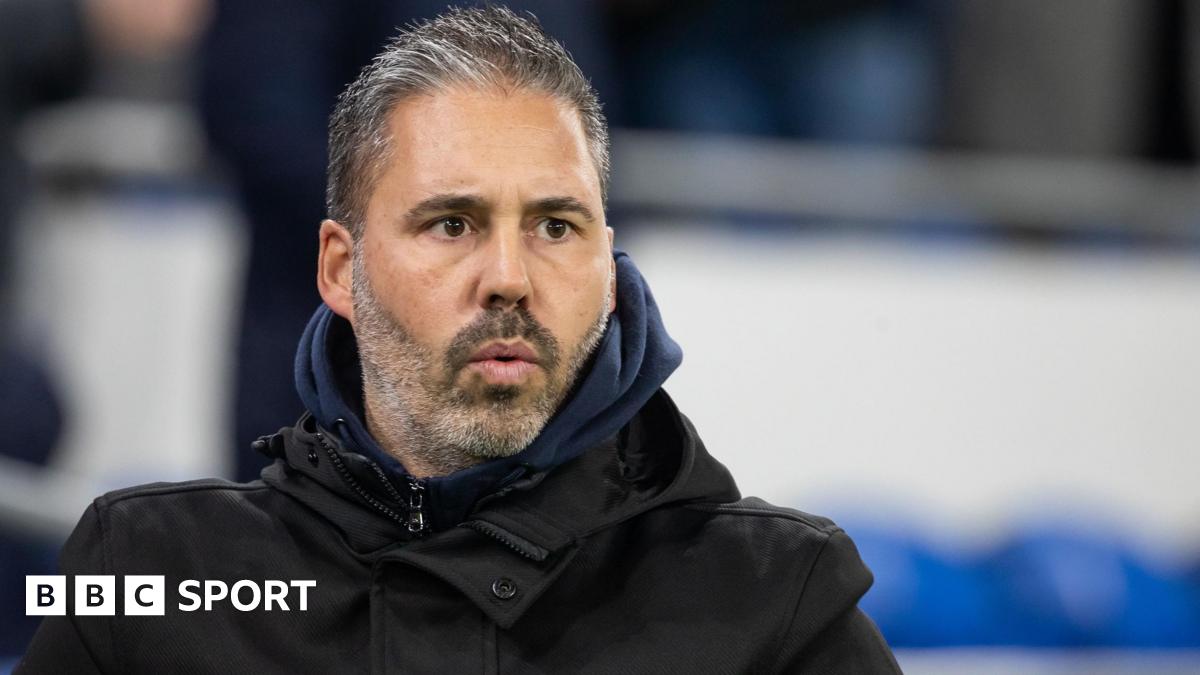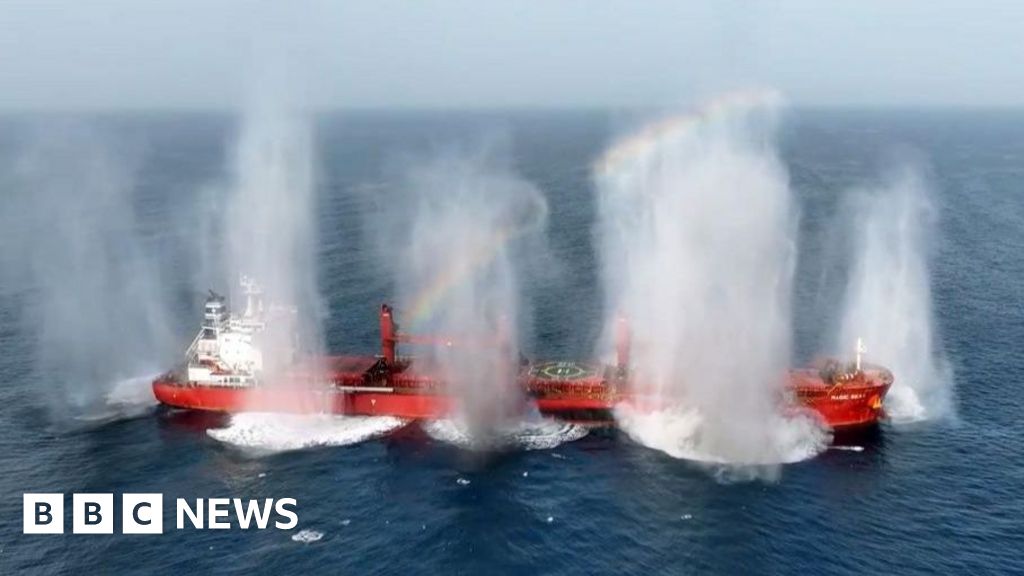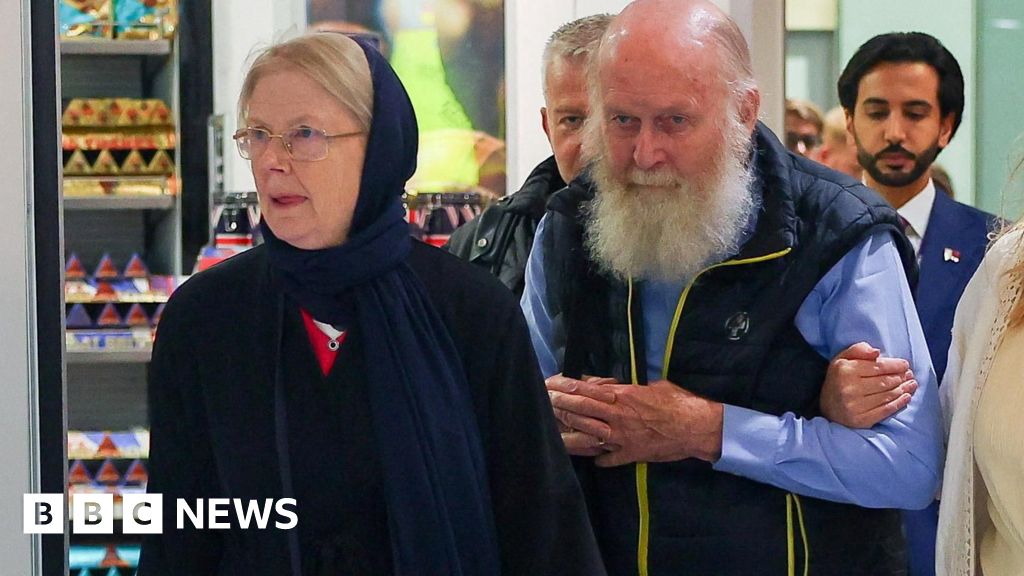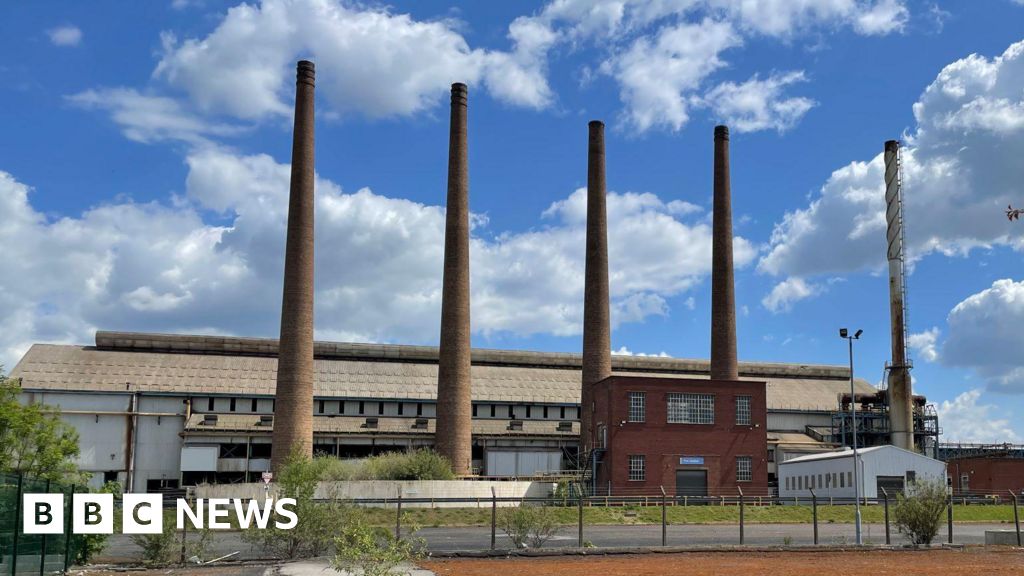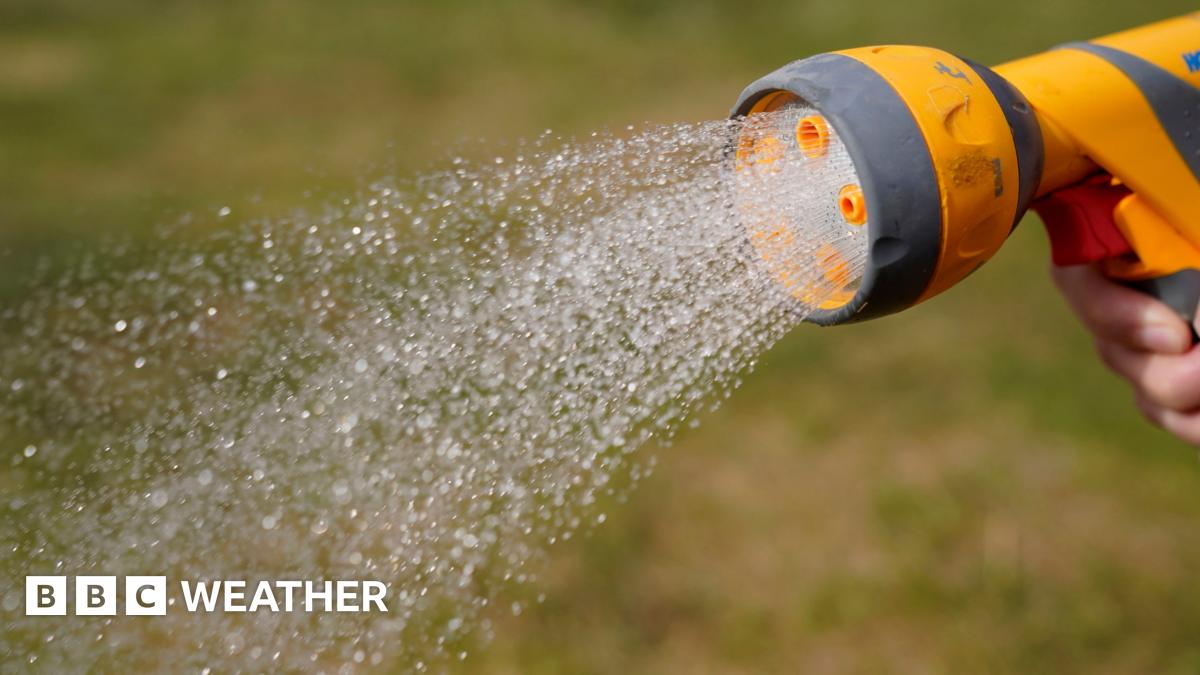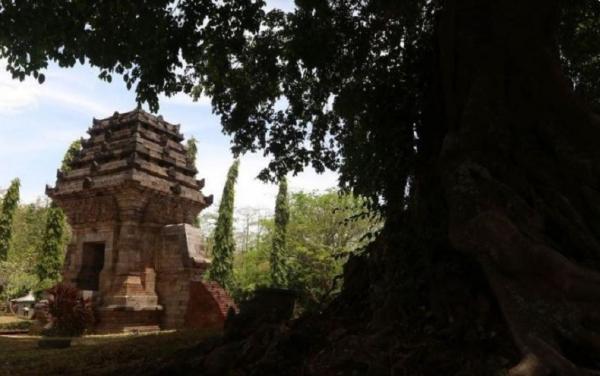Watch: Kerrville official dodges question on lack of flood warnings
The torrential rain that brought destruction to a children's summer camp and other holidaymakers in rural Texas came with devastating speed.
As the death toll passes 80 people, questions are being raised about whether adequate flood warnings were provided and why people weren't evacuated ahead of the deluge.
Judge Rob Kelly, the top elected official in Kerr County, told the BBC's US partner CBS News that the severity of the flooding had been unexpected.
"We had no reason to believe that this was gonna be any, anything like what's happened here. None whatsoever," Kelly said.
Watch: Timelapse shows how suddenly Texas flood waters rose
What flood warnings were issued and when?
The flash floods began on Thursday night and continued into Friday morning, with meteorologists saying several months' worth of rain fell in just a few hours.
In the space of 45 minutes in the early hours of Friday morning, the Guadalupe River rose by 26ft (8m), causing it to burst its banks.
By then there had been several flood warnings issued:
- On Wednesday, the Texas Division of Emergency Management (TDEM) activated state emergency response resources because of "increased threats of flooding" in parts of west and central Texas
- On Thursday afternoon, the National Weather Service (NWS) issued a flood watch that highlighted Kerr County, central Texas, as a place at high risk of flash flooding overnight
- At 01:14 local time (06:14 GMT) on Friday a flash flood warning was issued for Kerr County
- At 04:03 local time (09:30 GMT) an emergency flash flood warning was issued for Kerr County, followed by another for the Guadalupe River at 05:34
Was there a failure to warn people?
The NWS has defended itself, saying it was heartbroken at the loss but that it did all it could, conducting briefings on Thursday and issuing a flood watch warning that afternoon.
"The forecasting was good. The warnings were good. It's always about getting people to receive the message," Chris Vagasky, a meteorologist based in Wisconsin, told NBC News. "It appears that is one of the biggest contributors - that last mile."
People have reported receiving text message alerts on their mobile phones early on Friday morning, warning them of flooding. Some residents told the New York Times they did not understand the seriousness of them and others said they never received any at all.
Nim Kidd, chief of the Texas Division of Emergency Management, told reporters: "You have areas where there is no cell phone coverage, plus some coverage.
"It doesn't matter how many alert systems you sign up for, you're not going to get that."
The public can also get desensitised if it believes it is receiving too many weather warnings, said Kerrville City Manager Dalton Rice, according to the Associated Press.
He said he didn't notice any problems and that it was only raining lightly at 03:30 Friday when he went jogging along the Guadalupe River trail.
But by 05:20, the water had risen so fast "we almost weren't able to get out of the park," he said.
Judge Kelly said there is no county-administered warning system in the area because such systems are expensive.
He said that about six years ago, before he took office, the county had looked into a flood warning system along the river, similar to a tornado warning siren. Because of the cost, however, it was never implemented.
At a news conference on Sunday, Governor Greg Abbott said people in Texas were used to flash flood warnings, but there was no sense of how deadly this would be.
"There's no expectation of a water wall of almost 30ft high," he added.
Did staff shortages at the National Weather Service affect flood warnings?
Before the tragedy, there had been concerns over the Trump administration's budget cuts to the National Oceanic and Atmospheric Administration (NOAA) - the government agency that operates the National Weather Service.
The Fiscal Year 2026 budget includes cuts and closures of some weather research laboratories, while the Department of Government Efficiency (Doge) has slashed hundreds of employees at NOAA and the NWS.
Meteorologists in the US and elsewhere have expressed concerns over "reduced number of weather balloons" that observe wind, relative humidity and pressure above the ground.
They claim that budget cuts have resulted in 20% fewer weather balloons being released for such observations, impacting the accuracy of weather forecasting.
The New York Times reported that critical positions of the NWS were vacant on Friday morning, with some experts questioning whether staffing shortages had impeded the agency's efforts to coordinate with local emergency managers.
However, Tom Fahy, legislative director of the NWS Employees Organization, told NBC News: "The WFOs [weather forecasting offices] had adequate staffing and resources as they issued timely forecasts and warnings leading up to the storm".
And the Associated Press quoted Jason Runyen, a meteorologist in the National Weather Service office, as saying their office that delivers forecasts for that part of central Texas had extra staff on duty at the time of the storms - five, instead of the usual two.
How has the US government responded to questions about flood preparedness?
Asked whether the tragedy was due to "fundamental failure" by the government to provide early warnings, US Homeland Security Secretary Kristi Noem said the "weather is difficult to predict", but that President Donald Trump was seeking to modernise the current system.
In response to questions during a Sunday press conference about the impact of cuts to the NWS, she said that she would "carry your concerns back to the federal government".
Over the years the NWS had done well, Noem said, but "we know that everybody wants more warning time, and that's why we're working to upgrade the technologies that have been neglected for far too long".
Noem said that it was difficult for forecasters to predict how much rain would fall but that the Trump administration would make it a priority to upgrade the technology used to deliver warnings.
She added that when Trump took office he "wanted to fix and is currently upgrading the technology" and that "reforms are ongoing".
Trump is planning a possible visit to the area on Friday.
.png)
 3 months ago
44
3 months ago
44







